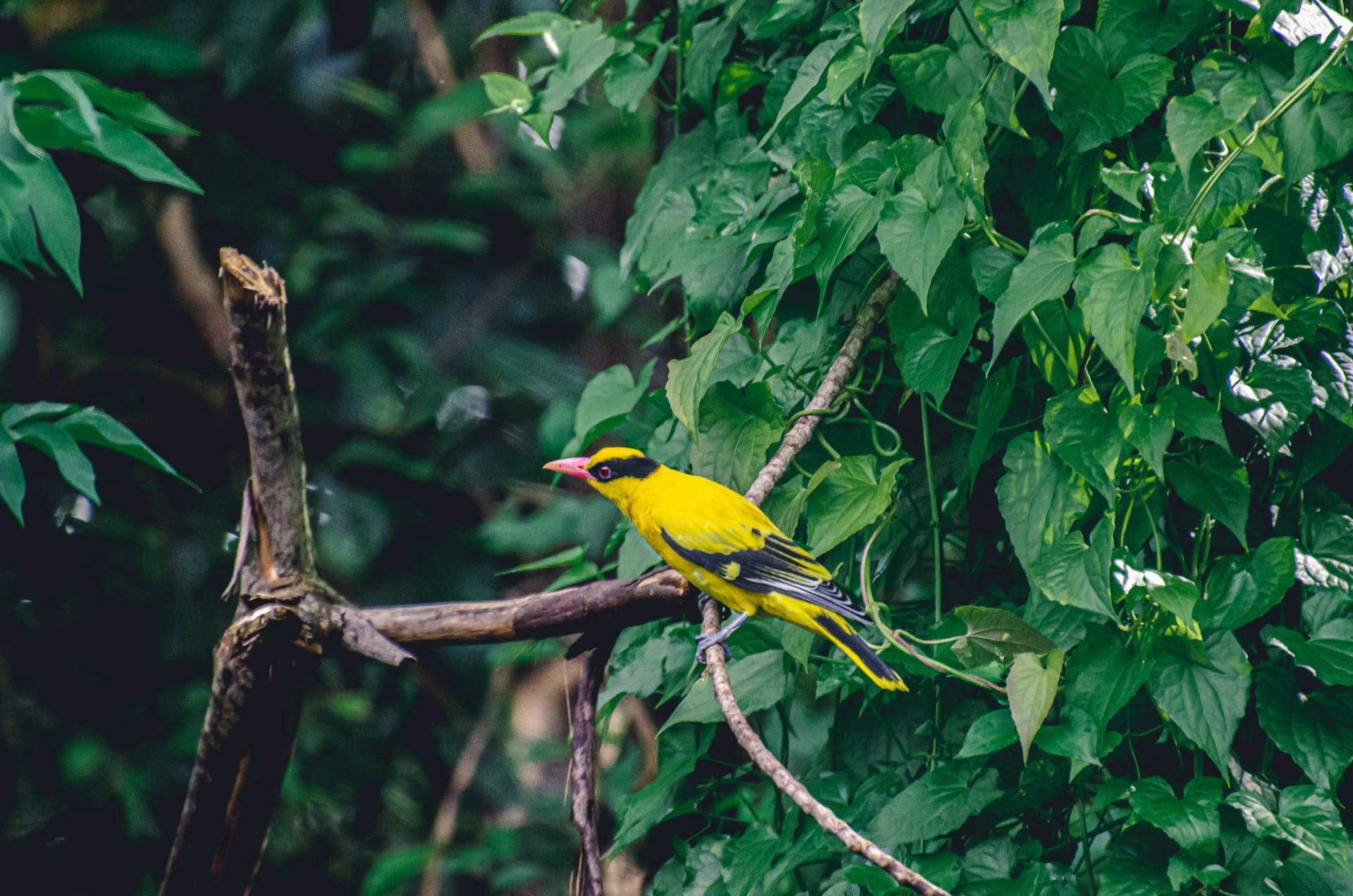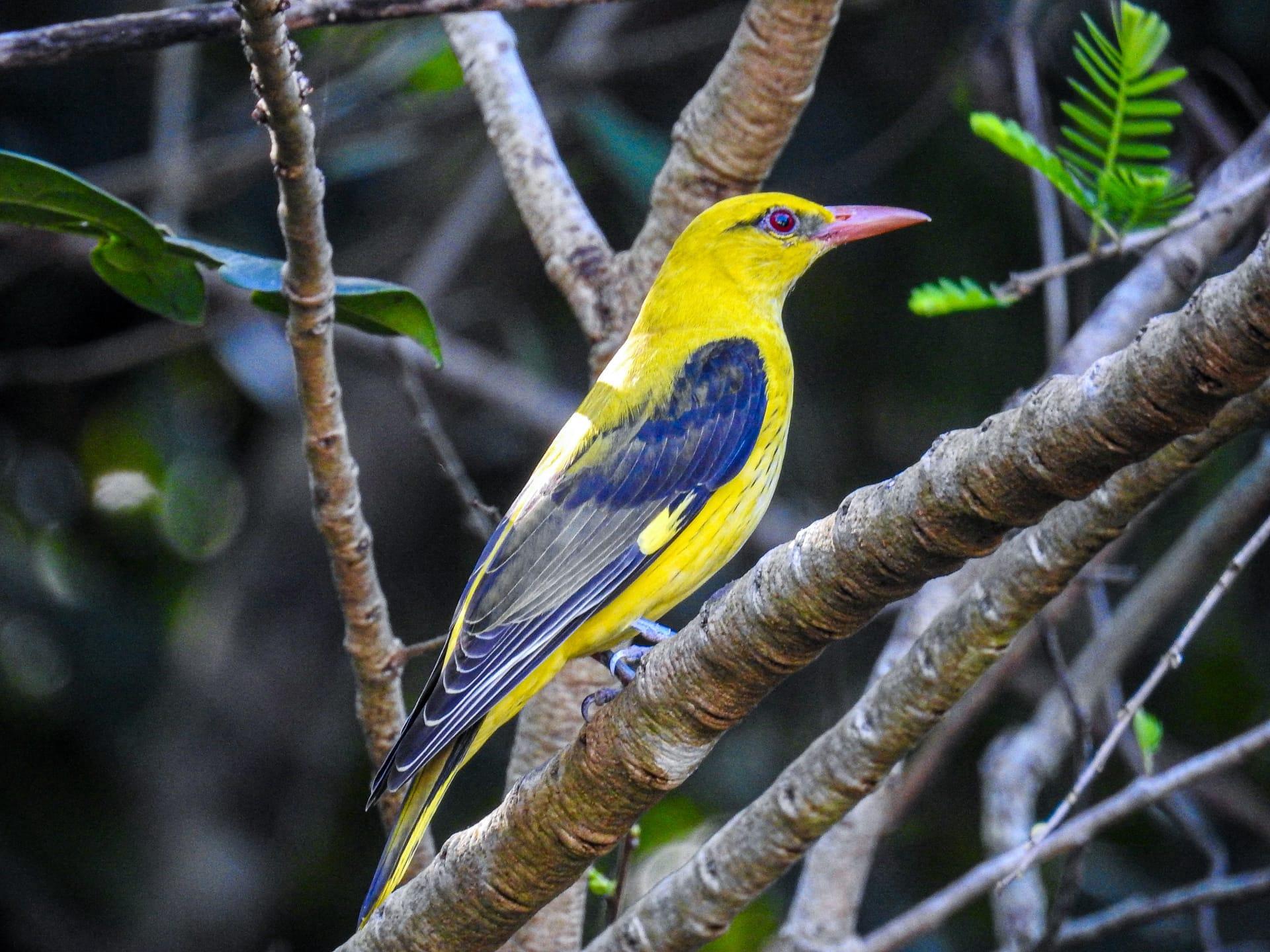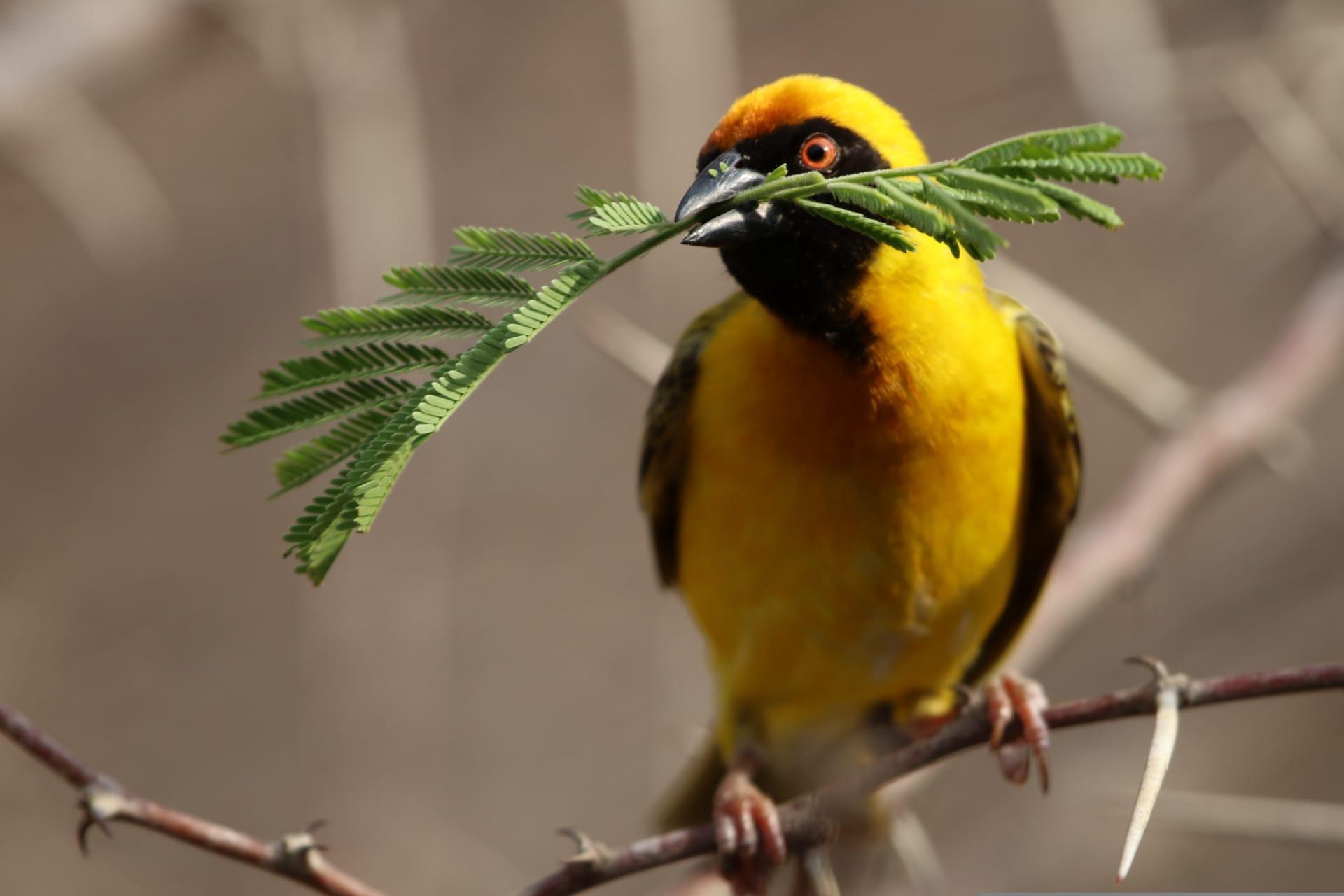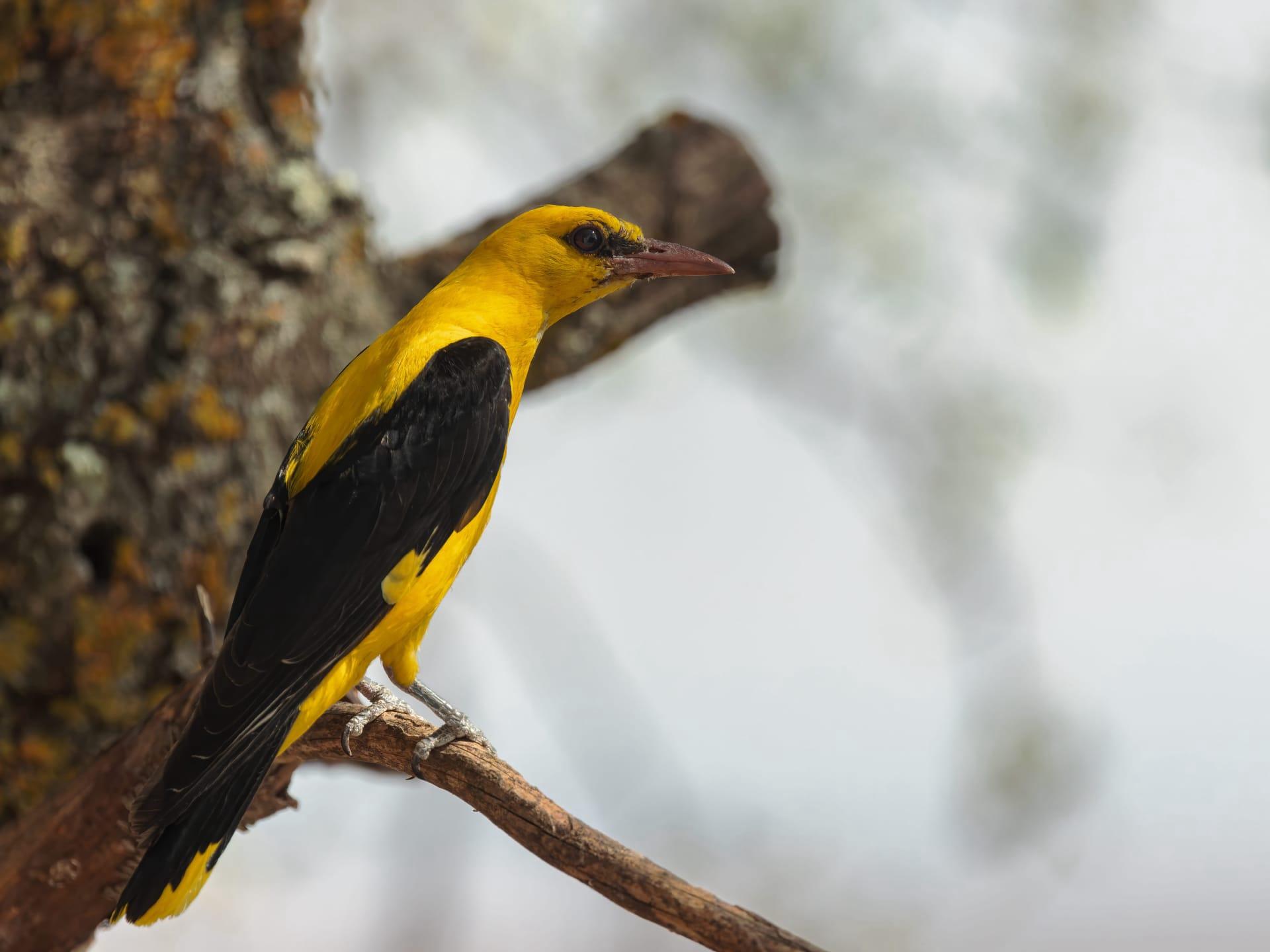Oriole
- Home /
- Mini Encyclopedia /
- Animal /
- Oriole
1
Orioles, enchanting birds known for their vibrant colors and melodious songs, belong to the family Icteridae. This family, part of the order Passeriformes, includes various species and subspecies. Among them, the most recognized are the Baltimore Oriole, the Orchard Oriole, and the Bullock's Oriole. These species exhibit a distinctive plumage, with the males typically boasting a bright orange and black coloration, while females and young birds display a more muted yellow-brown shade. Orioles are characterized by their slender bodies, sharp beaks, and long tails, adaptations that suit their lifestyle and feeding habits.
Orioles are widely distributed across North America, particularly in the United States and Canada. They are migratory birds, traveling vast distances between their breeding and wintering grounds. Baltimore Orioles, for example, breed in the eastern and central regions of North America, then migrate to Central and South America for the winter. Orchard Orioles follow a similar pattern, breeding in the central and eastern U.S. and wintering in Central America. The Bullock's Oriole, on the other hand, breeds in the western U.S. and migrates to Mexico for the winter. The distribution of these birds is closely linked to the availability of food, nesting sites, and climatic conditions.

2
Question: Do Orioles feed primarily on fruits, making them fruit-dependent birds?
Answer: This is a common misconception. While Orioles are often seen feeding on fruits, they are not exclusively fruit-eaters. Their diet is quite diverse and includes insects, nectar, and fruits. During the breeding season, insects constitute a significant part of their diet, providing essential proteins for the growth of their chicks. Orioles skillfully forage for insects among leaves and branches, using their sharp beaks to catch and consume various insects such as caterpillars, beetles, and grasshoppers. Additionally, they consume nectar from flowers, and this varied diet plays a crucial role in their overall health and breeding success.

3
The survival strategy of Orioles is a fascinating blend of adaptation and instinct. One of their most notable strategies is their unique nesting technique. Orioles construct intricate, hanging nests that resemble a pouch or a basket. These nests are usually built at the end of tree branches, making them less accessible to predators. The female Oriole is primarily responsible for building the nest, meticulously weaving grass, fibers, and other materials into a secure home for her eggs and future chicks. This architectural marvel not only provides safety but also shields the young Orioles from harsh weather conditions.
Another survival tactic is their migratory behavior. Orioles are long-distance migrants, traveling hundreds of miles between their breeding and wintering grounds. This migration is driven by the search for abundant food sources and suitable breeding habitats. Their innate ability to navigate across vast landscapes showcases their remarkable adaptability and resilience. During migration, Orioles rely on a combination of environmental cues, such as the position of the sun and stars, and their internal biological compass to guide them.

4
In the ecosystem, Orioles play a multifaceted role. As insectivores, they help control insect populations, contributing to the balance of their habitat. By preying on harmful insects, Orioles aid in maintaining the health of trees and other vegetation. This pest control service is especially beneficial during the breeding season when their insect consumption is at its peak. Orioles, thus, indirectly support the health and growth of forests and agricultural lands.
Orioles also contribute to the pollination of flowers. While feeding on nectar, they transfer pollen from one flower to another, facilitating the reproductive process of plants. This role in pollination underscores their importance in maintaining biodiversity within their habitats. Furthermore, Orioles disperse seeds through their consumption of fruits. The seeds pass through their digestive system and are excreted in different locations, promoting the growth of new plants and contributing to the spread of various fruit-bearing trees and plants.

5
Film: "The Secret Life of Orioles" is a fascinating documentary produced in the United States in 2018. This visually stunning film explores the hidden world of Orioles, delving into their migratory patterns, mating rituals, and survival strategies. It provides an intimate look at these birds as they navigate the challenges of their habitats, showcasing their adaptability and resilience in the face of environmental changes.
Book: "Orioles: The Mysterious Songbirds" by John A. Smith, published in the United States in 2020, offers a comprehensive guide to Orioles. This book covers various aspects of Oriole biology, behavior, and conservation. Smith's engaging narrative, combined with detailed observations and scientific research, makes this book a valuable resource for bird enthusiasts and naturalists alike.
Book: In "Wings of Gold: The Orioles' Journey," authored by Emily R. Johnson and published in Canada in 2021, the focus is on the migratory journey of Orioles. Johnson, an ornithologist, provides an insightful account of the challenges and triumphs Orioles face during migration. Her vivid descriptions, backed by years of field research, paint a captivating picture of these birds' incredible journey across continents.